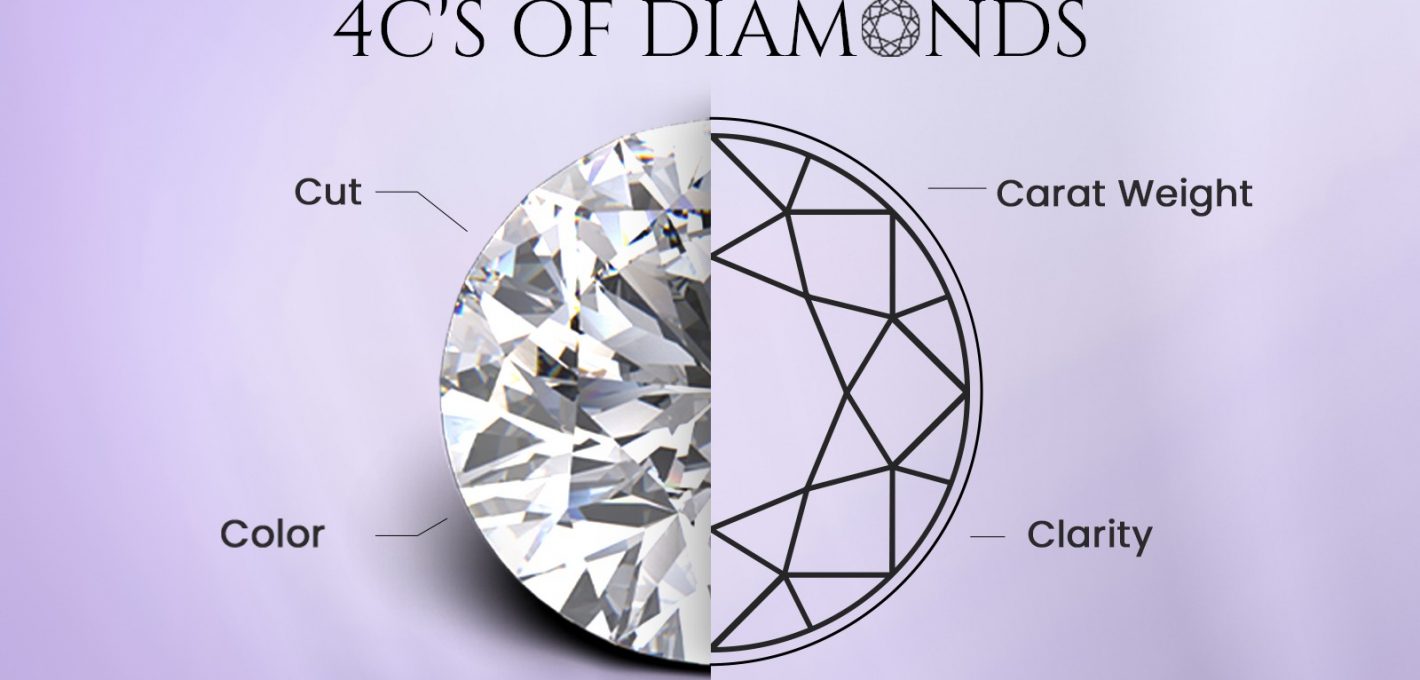Ethical Lab Diamonds: A Revolution in Responsible Luxury
In an era where sustainability and ethical considerations are becoming integral to consumer decisions, the rise of lab-grown diamonds marks a significant shift in the luxury jewelry industry. Ethical lab diamonds offer a responsible alternative to traditional mined diamonds, addressing concerns over environmental impact and human rights abuses. This article explores what makes lab-grown diamonds a beacon of ethical luxury, how they are produced, and why they are gaining prominence among conscientious consumers.
Understanding Ethical Lab Diamonds
Lab-grown diamonds, also known as synthetic or cultured diamonds, are real diamonds that are created in controlled environments using advanced technology. Unlike natural diamonds, which are extracted from the earth through mining, lab-grown diamonds are produced in laboratories that simulate the natural conditions of diamond formation.
There are two main methods for creating these diamonds:
- High Pressure High Temperature (HPHT): This method replicates the intense pressure and temperature conditions found deep within the Earth’s mantle where natural diamonds form. A carbon source is subjected to these conditions until it crystallizes into diamond form.
- Chemical Vapor Deposition (CVD): This technique involves placing a diamond seed in a vacuum chamber and introducing carbon-rich gases. The gases are ionized into plasma, and carbon atoms deposit onto the seed, growing a diamond layer by layer.
Ethical Advantages of Lab-Grown Diamonds
- Environmental Responsibility: Traditional diamond mining can have severe environmental repercussions, including deforestation, habitat destruction, and soil erosion. Lab-grown diamonds, on the other hand, require significantly less land and water and produce minimal waste. The controlled environment of a laboratory reduces the ecological footprint associated with diamond production.
- Human Rights and Labor Practices: The diamond mining industry has been plagued by issues such as exploitative labor practices and conflict diamonds—diamonds mined in war zones and sold to fund armed conflict. Lab-grown diamonds are free from these ethical dilemmas, as their production is conducted under regulated conditions with fair labor practices.
- Transparency and Traceability: Lab-grown diamonds offer complete transparency regarding their origins and production methods. Consumers can be assured of ethical practices throughout the entire process, from creation to purchase. This level of traceability is often not possible with mined diamonds, where supply chains can be opaque and complex.
- Conflict-Free Assurance: Unlike natural diamonds, which can sometimes be associated with conflict and human suffering, lab-grown diamonds are inherently conflict-free. This ensures that your purchase supports a product that has been ethically sourced and produced.
The Quality of Ethical Lab Diamonds
Lab-grown diamonds share the same physical, chemical, and optical properties as natural diamonds. They are graded using the same criteria—cut, color, clarity, and carat weight (the 4 Cs). The quality of lab-grown diamonds can be exceptional, with many being virtually indistinguishable from mined diamonds.
- Cut: Lab-grown diamonds can be cut to precise specifications, often resulting in superior sparkle and brilliance.
- Color: They come in a range of colors, from colorless to various shades, with the ability to control and enhance color through the production process.
- Clarity: Lab-grown diamonds can achieve high clarity grades, with fewer inclusions and imperfections compared to many mined diamonds.
- Carat Weight: Lab-grown diamonds are available in various sizes, allowing consumers to select a diamond that fits their preferences and budget.
Consumer Benefits and Considerations
- Affordability: lab grown diamonds generally cost 20-40% less than their mined counterparts. This price difference allows consumers to access higher-quality diamonds or to allocate their budget to other areas of their purchase, such as design or setting.
- Customization and Innovation: The technology used to create lab-grown diamonds allows for greater flexibility in design and customization. Consumers can choose from a wide variety of shapes and settings, or even create bespoke designs that reflect their personal style.
- Long-Term Value: Lab-grown diamonds are considered to have the same durability and longevity as natural diamonds. They can be a lasting investment and a cherished symbol of commitment without the ethical concerns associated with traditional diamond mining.
Conclusion
Ethical lab diamonds represent a significant advancement in the quest for responsible luxury. They offer a sustainable, conflict-free, and transparent alternative to mined diamonds, making them an attractive choice for consumers who value both beauty and ethical considerations. As the jewelry industry continues to evolve, lab-grown diamonds stand out as a beacon of innovation and integrity, offering a brilliant and responsible way to celebrate life’s most precious moments.



